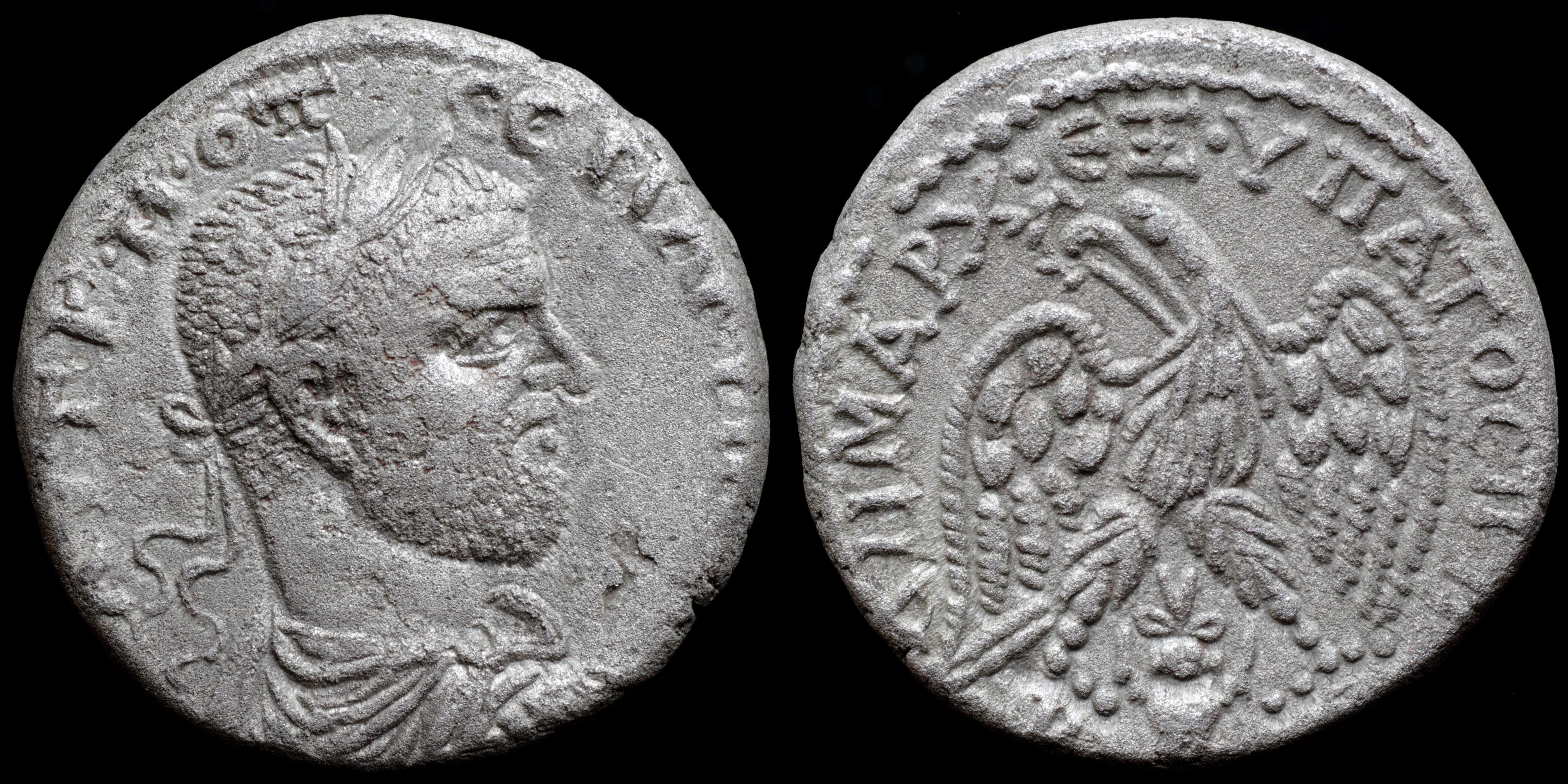Beroea - modern Aleppo - was settled in prehistoric times, probably as early as the 3rd milennium BC, and was an important city for several thousand years before being conquered by Alexander III the Great in 333 BC.
Seleucus Nicator established a Hellenic settlement in the site between 301-286 BC. He called it Beroea, after a city in Macedon. Beroea remained under Seleucid rule for nearly 300 years until the last holdings of the Seleucid dynasty were handed over to Pompey in 64 BC, at which time they became a Roman province. Rome's presence afforded relative stability in northern Syria for over three centuries. Although the province was administered by a legate from Rome, Rome did not impose its administrative organization on the Greek-speaking ruling class.
The Sassanid Persians invaded Syria briefely in the early 7th century. Soon after Aleppo fell to Arabs under Khalid ibn al-Walid in 637. In 944, it became the seat of an independent Emirate under the Hamdanid prince Sayf al-Daula, and enjoyed a period of great prosperity.
Seleucus Nicator established a Hellenic settlement in the site between 301-286 BC. He called it Beroea, after a city in Macedon. Beroea remained under Seleucid rule for nearly 300 years until the last holdings of the Seleucid dynasty were handed over to Pompey in 64 BC, at which time they became a Roman province. Rome's presence afforded relative stability in northern Syria for over three centuries. Although the province was administered by a legate from Rome, Rome did not impose its administrative organization on the Greek-speaking ruling class.
The Sassanid Persians invaded Syria briefely in the early 7th century. Soon after Aleppo fell to Arabs under Khalid ibn al-Walid in 637. In 944, it became the seat of an independent Emirate under the Hamdanid prince Sayf al-Daula, and enjoyed a period of great prosperity.
Modern location: Aleppo, Syria
(1)
Macrinus

An
AR
Tetradrachm
struck 217-218 AD
in
Beroea
Obverse: laureate, draped and cuirassed bust right from behind; AYT·K·M·OΠ_·CE·MAKPINOC·CE
Reverse: eagle facing, head left, wreath in beak, winged creature below; ΔHMAPX·_EΞ·YΠATOC Π Π / B_E
Diameter:
24 mm
Die Orientation: -
Weight: 13.1 g
Die Orientation: -
Weight: 13.1 g
No notes for this coin
Prieur 896
